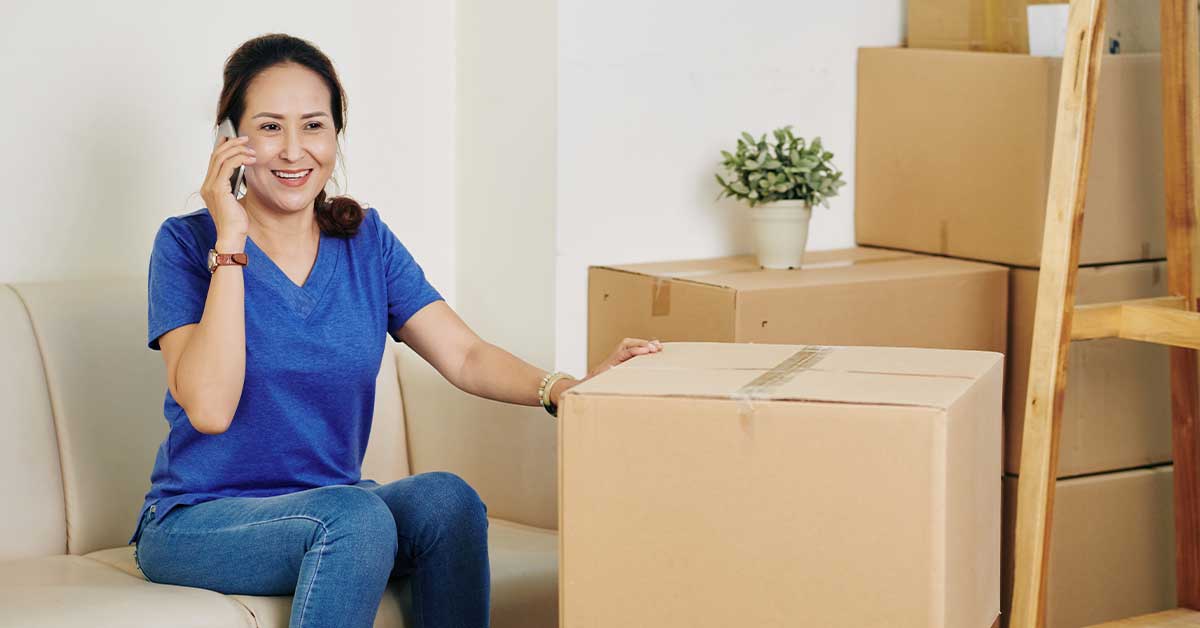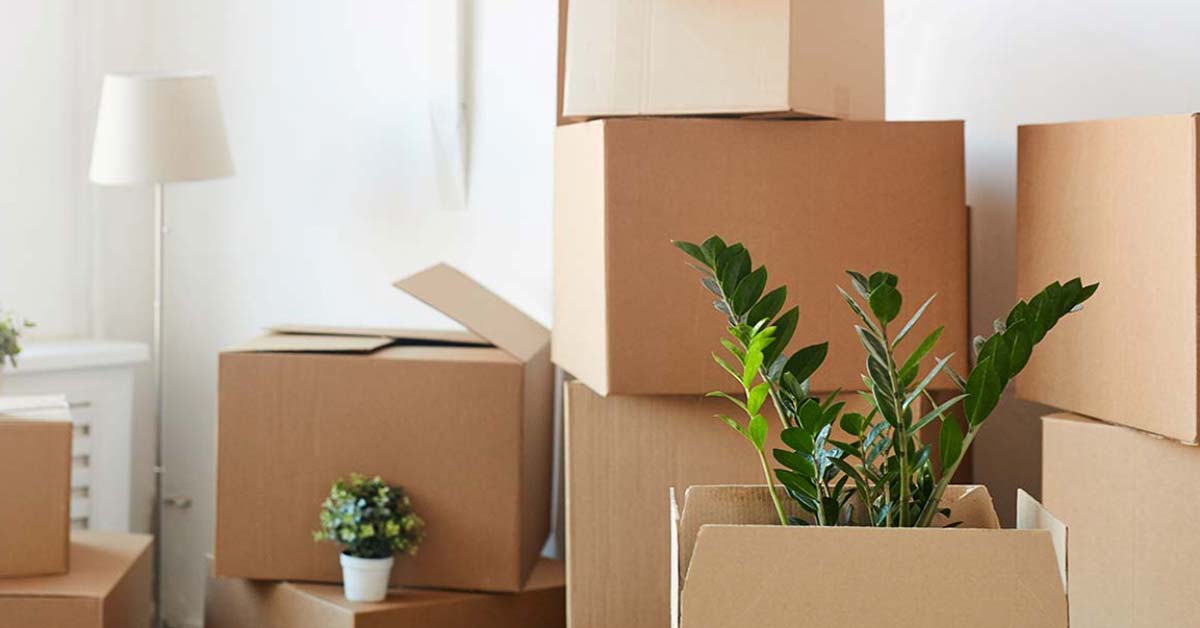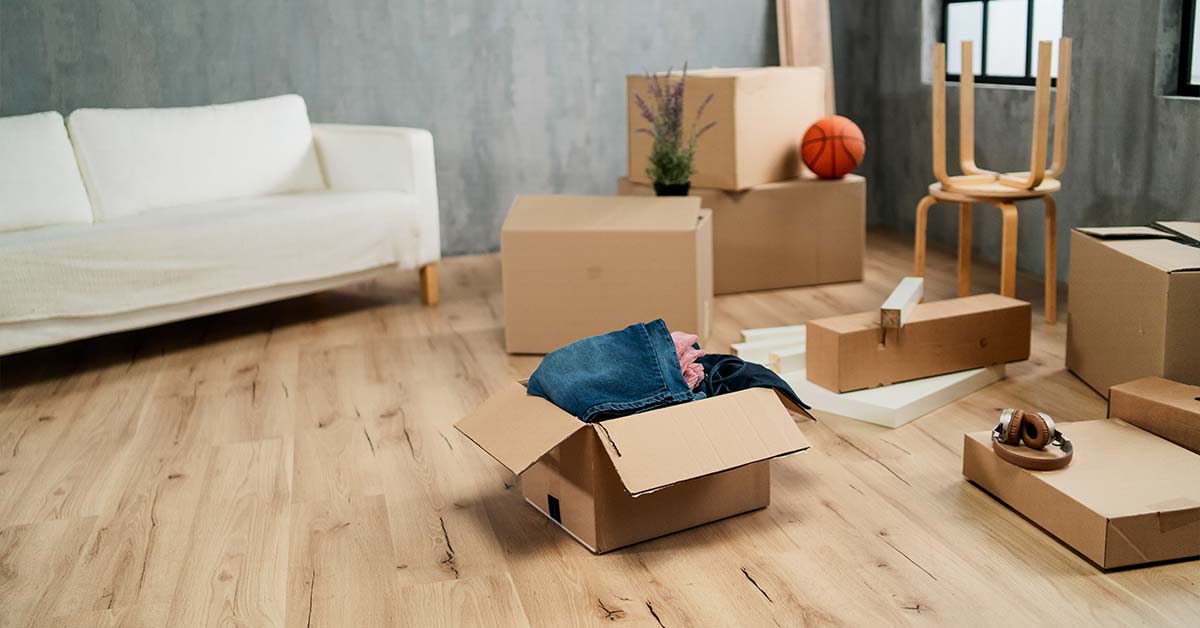Moving to a new office space can be both an exciting and daunting task. Whether your business is expanding or you’re seeking a more suitable location, careful planning and execution are crucial for a smooth transition. To ensure a successful office relocation, we’ve compiled a list of 11 essential tips. By following these guidelines, you can minimize disruption and maximize productivity during this significant change.
Create a Detailed Timeline
Start by creating a detailed timeline that outlines all the necessary tasks and deadlines for your office relocation. This will help you stay organized and ensure that important steps, such as notifying clients and suppliers, are completed in a timely manner.
Formulate a Budget
Develop a comprehensive budget that covers all aspects of the move, including packing supplies, professional movers, equipment installation, and potential renovation costs. Having a clear understanding of your financial resources will prevent any unexpected expenses from derailing your relocation plans.
Assess Your Space Requirements
Evaluate your current and future space requirements to determine the square footage, layout, and amenities your new office should have. Consider factors such as the number of employees, meeting rooms, self storage, and parking facilities to ensure a seamless transition to your new space.
Communicate with Employees
Open and transparent communication with your employees is crucial throughout the relocation process. Keep them informed about the move, address any concerns they may have, and involve them in the planning and decision-making whenever possible. This will foster a sense of inclusion and cooperation.
Hire a Reliable Moving Company
Engage a reputable moving company experienced in office relocations. Obtain multiple quotes, check references, and ensure they have proper insurance coverage. A professional moving company will handle the logistics, minimizing the risk of damage to equipment and furniture and allowing you to focus on other critical tasks.
Plan IT Infrastructure
Coordinate with your IT team or service provider to ensure a smooth transition of your technology infrastructure. Arrange for the installation and testing of internet, phone systems, and other IT essentials in your new office. Back up important data to prevent any loss or disruption during the relocation.
Update Your Business Information
Update your business information across all relevant platforms, including your website, social media profiles, and online directories. Notify clients, suppliers, and other stakeholders about your impending move, providing them with updated contact details and any temporary changes in operations.
Efficiently Pack and Label
Create a system for packing and labeling items to streamline the unpacking process. Label boxes by department or area, and include a detailed inventory list. Encourage employees to declutter their workspaces and pack personal items in advance to minimize downtime.
Coordinate with Building Management
If you’re moving into a shared office building or complex, coordinate with the building management to ensure a smooth transition. Confirm logistics such as access to elevators, loading docks, and parking areas. Understand any rules or guidelines for moving in and out of the building.
Plan for Minimal Disruption
Consider scheduling the move during off-peak hours or weekends to minimize disruption to your business operations. Allocate sufficient time for the relocation, allowing for unexpected delays. If possible, maintain a skeleton staff or arrange for remote work during the transition period.
Conduct a Post-Move Evaluation
After the move, conduct a thorough evaluation of the new office space. Assess whether the layout and functionality meet your expectations and make any necessary adjustments. Gather feedback from employees regarding their workspace needs and address any concerns promptly.
Conclusion
Relocating your office is an opportunity for growth and improvement. By following these 11 essential tips, you can ensure a successful transition to your new workspace. From meticulous planning and communication to efficient packing and post-move evaluation, each step contributes to a seamless relocation process.










